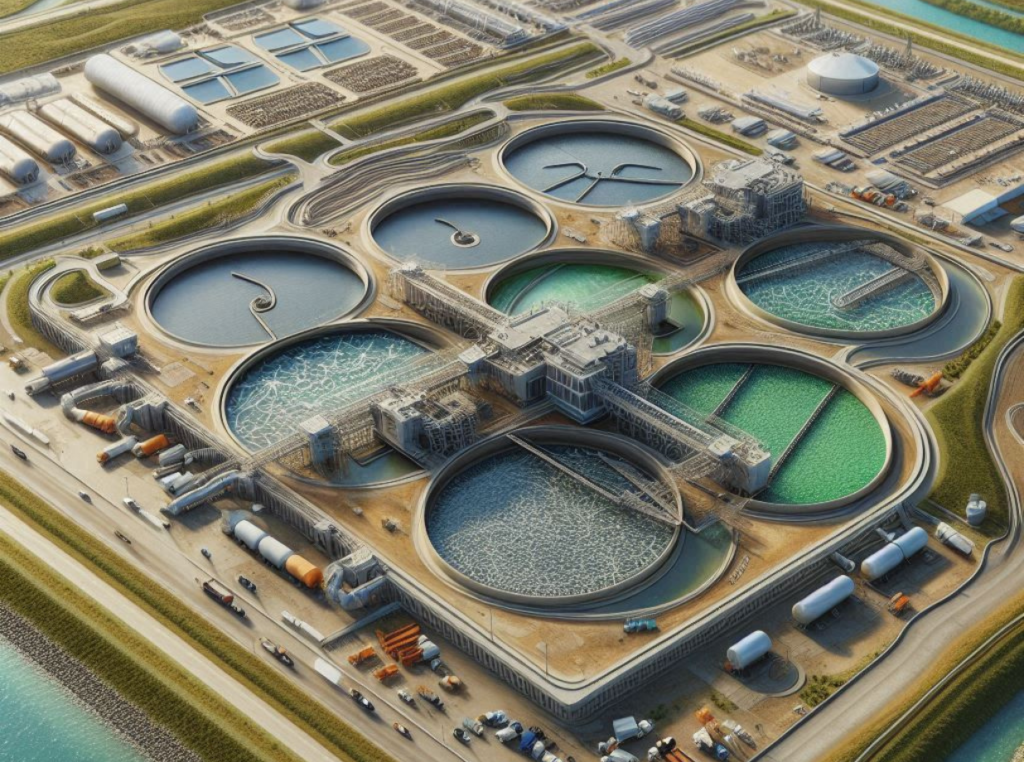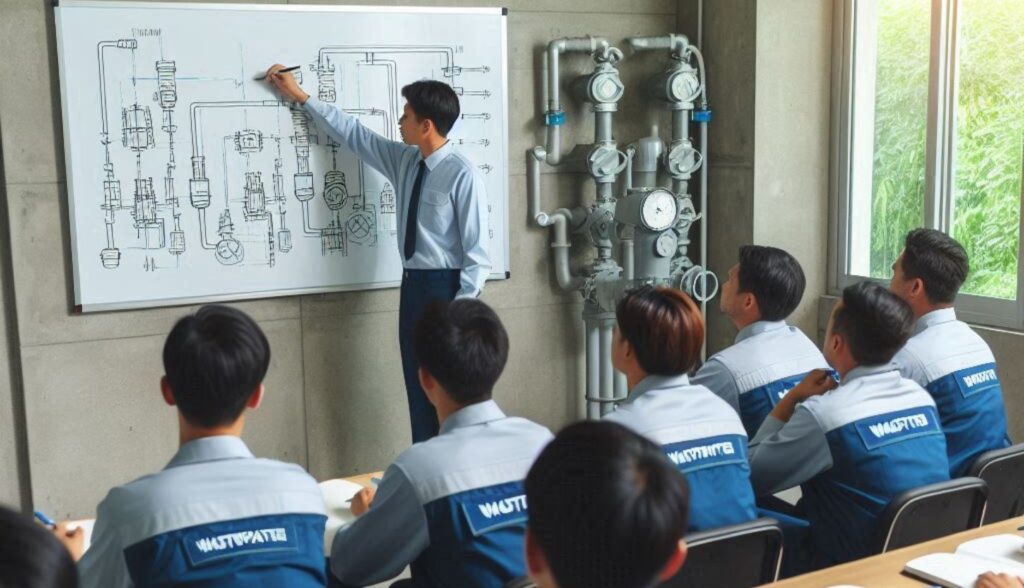Clogged diffusers can be a real headache, especially when you consider the impact they can have on the efficiency of your entire aeration system. But don’t worry! By understanding the underlying causes, potential solutions, and preventive measures, you can tackle this issue head-on and keep your system running smoothly.

Understanding Aeration Basins and Diffusers
Before diving into troubleshooting, it’s essential to understand what an aeration basin is and why diffusers play such a critical role. An aeration basin is a fundamental component of a wastewater treatment plant, where it helps facilitate the breakdown of organic materials through biological processes. Diffusers are the parts that introduce air into the water, providing the necessary oxygen for aerobic microorganisms to thrive.
What Causes Clogging?
You might be wondering why diffusers clog in the first place. Several factors can contribute to this problem, making it crucial to identify the one affecting your system. From sediment build-up to biofouling, many culprits could be at play. Recognizing these can help you take the right steps to both remedy and prevent clogging.
Common Causes of Diffuser Clogs
Sediment Build-Up
One of the most common reasons diffusers become clogged is the accumulation of sediment. Over time, particles in the wastewater can settle and build up in the diffusers, hindering airflow and reducing efficiency. This is akin to how plaque builds up in our arteries, affecting how they function.
Biofouling
Biofouling occurs when microorganisms accumulate on the surface of diffusers, forming a slimy film that obstructs air passage. Think of it like grime that builds up on the corner of your shower—unsightly and a bit gross, but nothing a good cleaning won’t fix.
Mineral Scaling
If your treatment plant uses hard water, mineral scaling could be contributing to diffuser clogging. When water has high mineral content, these minerals can crystallize and accumulate in the diffusers over time. It’s much like how minerals build up in a kettle.
Physical Damage
Sometimes the issue may not be about build-up but rather that the diffusers are physically damaged. This can be due to wear and tear or mechanical damage resulting from external factors. Imagine a car with a dent—still usable but inefficient.
Inadequate Maintenance
Neglecting regular maintenance can exacerbate clogging issues. Without routine checks and cleaning, small problems can very quickly become big headaches. It’s sort of like skipping oil changes on your car; eventually, you’re going to run into problems.

Troubleshooting Techniques
Now that you’re familiar with some common causes, let’s talk about how you can address them. Troubleshooting involves systematically analyzing potential issues to find the root cause and then implementing effective solutions.
Visual Inspection
Your first step should always be a visual inspection. Look for any obvious signs of blockages, damage, or fouling. It’s like checking if a light bulb is burnt out before you call an electrician.
Airflow Measurements
Take airflow measurements to identify any inefficiencies. Reduced airflow can indicate clogging or damage within the system. Think of this as checking your tire pressure; it’s a simple way to confirm something’s not quite right.
| Measurement | Ideal Range |
|---|---|
| Airflow Rate | 0.5 – 3 m³/min |
| Pressure Drop | 0.05 – 0.15 bar |
Chemical Cleaning
For mineral scaling or biofouling, chemical cleaning might be necessary. This involves using specific solutions that can dissolve impurities without damaging the diffusers. It’s like using a special cleaner for your coffee machine to remove calcium build-up.
Mechanical Cleaning
In some instances, a mechanical cleaning method, such as brushing or backwashing, might be more appropriate. This can effectively remove physical build-up and ensure smoother airflow. Think of it as brushing your teeth, but for the diffusers!
Replacing Damaged Components
If your diffusers are damaged beyond repair, replacement might be in order. It’s a more costly solution but sometimes the most effective one for returning your system to full functionality.
Preventive Measures
Addressing the root cause is only part of the battle. Implementing preventive measures will help you keep the system in good working condition and extend the lifespan of your diffusers.
Regular Maintenance Schedule
Establishing a routine maintenance schedule is one of the most effective preventive measures. Ensure all components are routinely inspected and cleaned. A stitch in time saves nine, right?
Water Quality Monitoring
If mineral scaling is a frequent issue, regularly monitoring and adjusting water quality can help. Using water softeners or other treatment solutions can be a wise investment. It’s like using a water filter jug for your tap water to keep your kettle clean.
Staff Training
Don’t underestimate the power of training. Educate your team on the importance of regular checks and proper cleaning techniques. Having everyone on the same page can make a big difference.
System Upgrades
Technological advancements might present opportunities for system upgrades, offering more durable or clog-resistant diffusers. Consider this akin to upgrading your smartphone to benefit from improved features.

The Importance of Addressing Clogging
You might be thinking, “Is it really that big of a deal?” The short answer—yes. Clogged diffusers can severely affect the efficiency of your aeration basin, leading to potential regulatory issues, increased energy consumption, and even costly downtime.
Environmental Impact
An inefficient aeration system can result in higher levels of untreated waste, which in turn can have negative environmental impacts. Boosting system efficiency means contributing to a greener planet—a win-win!
Cost Implications
Downed systems can have steep cost implications, including repair costs, higher electricity bills, and potential fines for non-compliance. They say prevention is better than cure for a reason.
Conclusion
Understanding clogged diffusers in aeration basins is crucial for maintaining operational efficiency and environmental compliance. With the right knowledge, preventive measures, and troubleshooting techniques, you can stay ahead of the game and ensure smooth sailing for your system. So, the next time you face a clog, you’ll know just what to do! It’s all about being proactive, diligent, and attentive to your system’s needs.